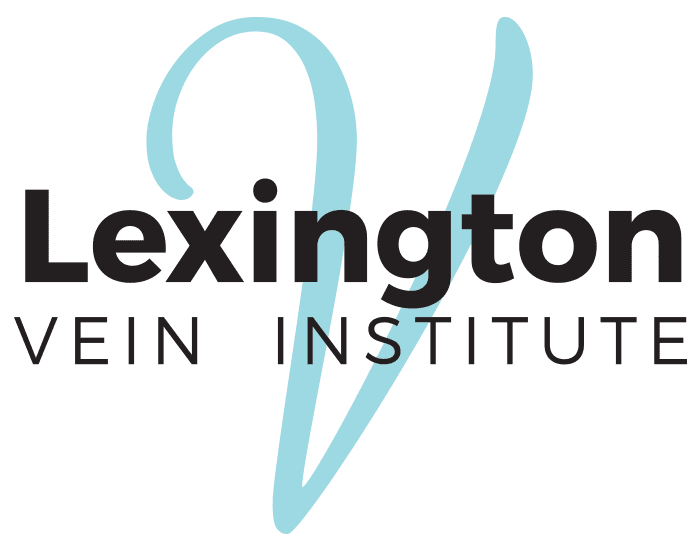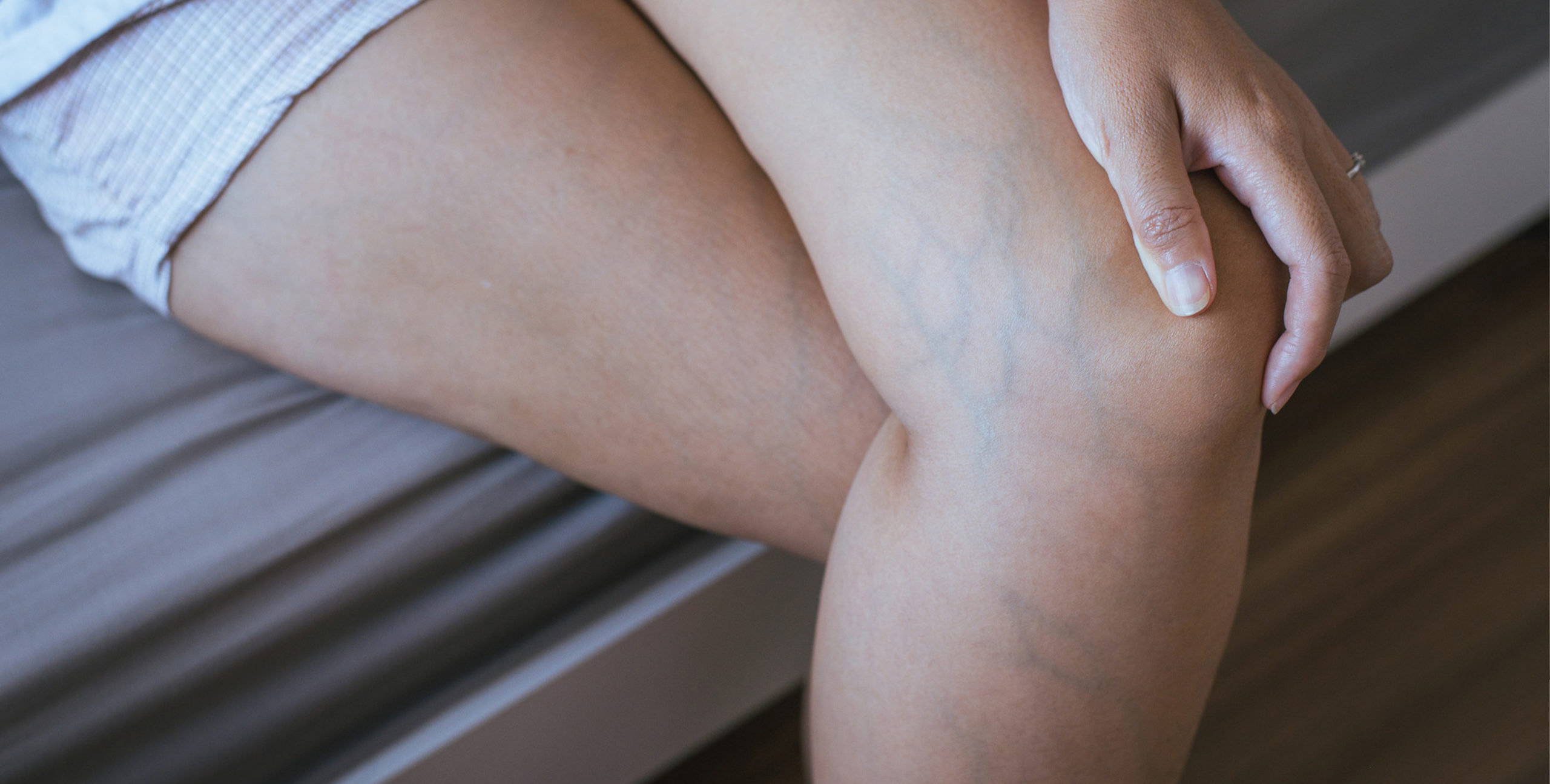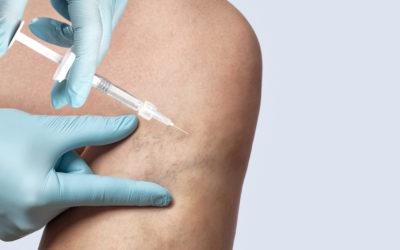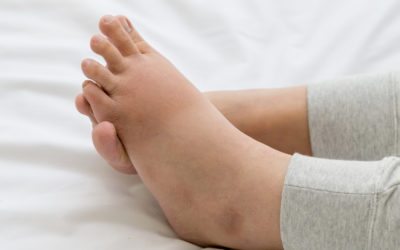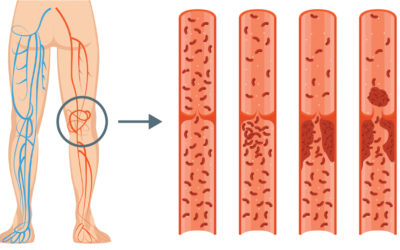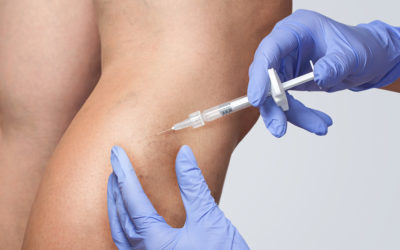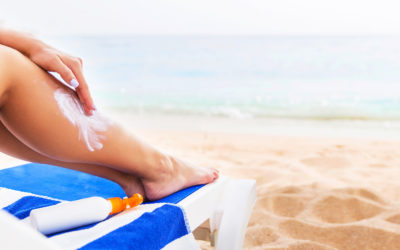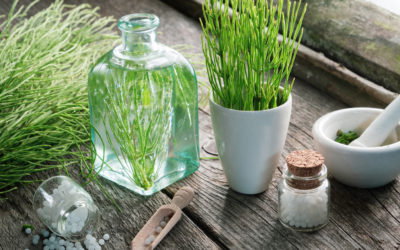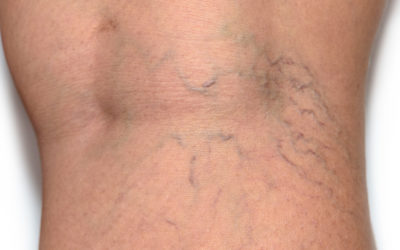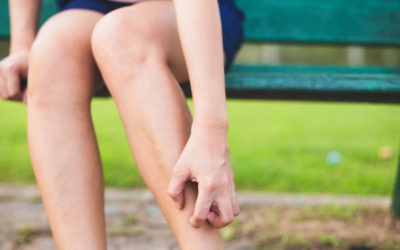How many times have you noticed spider or varicose veins and simply ignored them? Many people deal with those web-like or swollen veins in their legs (around 20 to 45 percent, to be exact) and consider them merely an inconvenience. But what if there was more to them than their unwanted appearance?
It turns out, your spider or varicose veins can lead to a more severe condition — chronic venous insufficiency (CVI). While not life-threatening, this type of vein disease can be downright painful over time.
In this guide, we’ll take a more in-depth look at the stages of chronic venous insufficiency, its symptoms, and when it’s time to seek treatment.
The Stages of Chronic Venous Insufficiency
Let’s start with the central question: what is chronic venous insufficiency?
The veins in your legs play a vital role in pumping blood to your heart. Their valves are a one-way road, and if the walls become weakened or damaged, the blood is unable to travel upward, causing it to head back down the legs. This leads to the unfortunate pooling of blood in your veins.
Early Stages of CVI
The initial stages are all too familiar for many — spider and varicose veins. Spider veins appear as thin, web-like clusters, usually red and purple in color. In contrast, varicose veins are visibly swollen, bulging, and rope-like. Other symptoms of varicose veins include:
- Pain
- Tired muscles
- Restless leg syndrome
- Itching, tingling, or aching in the legs
- Heavy feeling in the legs
Consider the presence of spider and/or varicose veins as an SOS signal — worsening symptoms are on the horizon if left untreated.
Later Stages of CVI
As the stages of chronic venous insufficiency progress, so do the severity of the symptoms. Here are the most common issues that can develop:
- Swelling (edema) in your legs occurs due to poor circulation and fluid build-up
- Skin discoloration is a result of swelling and can cause red, itchy rashes
- Leg ulcers are painful, open sores that are unable to heal properly
- Infection occurs as a result of bacteria entering the open wounds on your legs
The later stages of chronic venous insufficiency have a significant impact on your lymphatic system. As lymph drainage slows and lymphatic fluid builds, the structure of the vein walls becomes damaged.
The bottom line? The sooner you address symptoms, the less likely you’ll encounter the devastating late stages of CVI.
Who Is at Risk for Chronic Venous Insufficiency?
There are a variety of factors that increase your risk for developing chronic venous insufficiency:
- Older age: Those 50 and older have naturally weakened vein walls
- Obesity: The added pressure from your body requires the veins to work harder to pump blood, leading to more pooling
- Genetics: If CVI runs in your family, you’re at a higher risk of developing it yourself
- Pregnancy: Hormonal changes can lead to varicose veins, thus increasing the risk for CVI
- Smoking: Smoke not only affects the lungs but your vein health as well
- Lack of activity: A sedentary lifestyle affects how well your body pumps blood, no matter your weight
- Standing all day: A job that requires constant standing increases your risk of varicose veins
Treatment Options for Chronic Venous Insufficiency
The key to avoiding late-stage chronic venous insufficiency is to tackle symptoms early.
One of the best treatments for spider and varicose veins is sclerotherapy — a relatively quick procedure that involves injecting damaged veins with chemicals called sclerosing agents. Doing so helps seal the damaged veins’ walls, which then redirects blood to properly functioning veins. This decreases the appearance of spider and varicose veins while alleviating pain.
Other treatment options include:
- Compression socks
- Phlebectomy (small incisions to remove varicose veins)
- Endovenous Laser Ablation Therapy, or EVLT (catheters, lasers, and ultrasound treatments)
Professional Vein Care in Lexington, Kentucky
At Lexington Vein Institute, we specialize in vein disease and lymphatic disorders, guaranteeing the best possible treatment for your veins. Dr. Fadi Bacha and his team stay on top of the most current trends and technologies while ensuring you fully understand any treatment plan you decide to pursue.
We understand the frustration that comes with vein problems, and we’re ready to help! Don’t let a lack of treatment lead to the debilitating effects of chronic venous insufficiency.
Feel free to contact us anytime to learn more or schedule an appointment!
